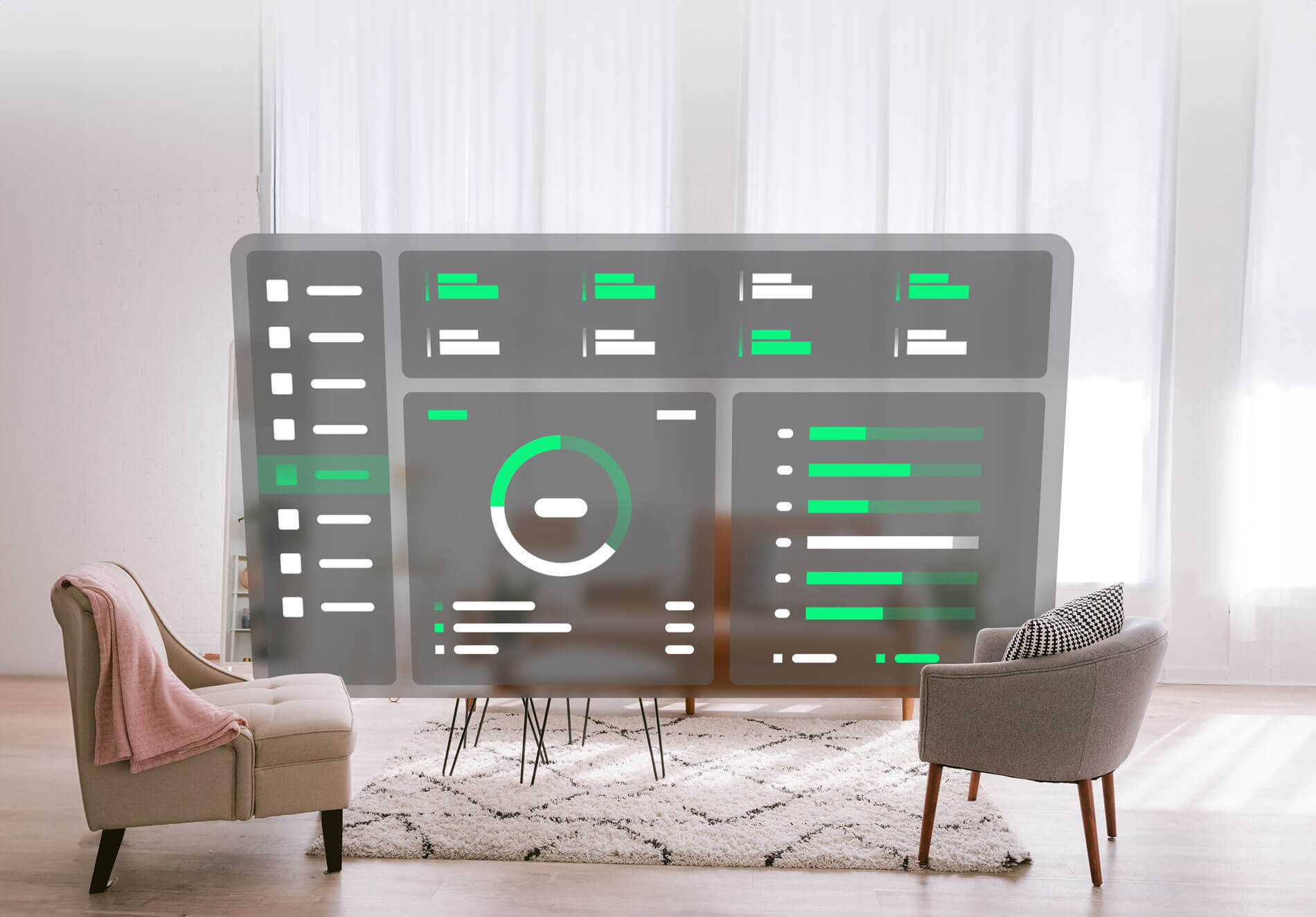Services
Nanom is building the materials of tomorrow

Ways to Integrate Augmented Reality Into Your Product
Product Visualization
Lorem ipsum dolor sit amet, consectetur adipiscing elit. Donec sed finibus nisi, sed dictum eros.
Architecture Visualization
Quisque aliquet velit sit amet sem interdum faucibus. In feugiat aliquet mollis etiam tincidunt ligula.
Virtual Tours
Luctus lectus non quisque turpis bibendum posuere. Morbi tortor nibh, fringilla sed pretium sit amet.
Interior Design & Furniture Visualization
In non pulvinar purus. Curabitur nisi odio, blandit et elit at, suscipit pharetra efficitur elit.
Training and Simulations
Nisl massa, ultrices vitae ornare sit amet, ultricies eget orci. Sed vitae nulla et justo pellentesque congue nec eu risus.
Entertainment and Gaming
Ac feugiat ante. Donec ultricies lobortis eros, nec auctor nisl semper ultricies. Aliquam sodales nulla dolor.

Get Started
Let’s Build The Future Together
Services
Design
Consultation
Development
Connect

